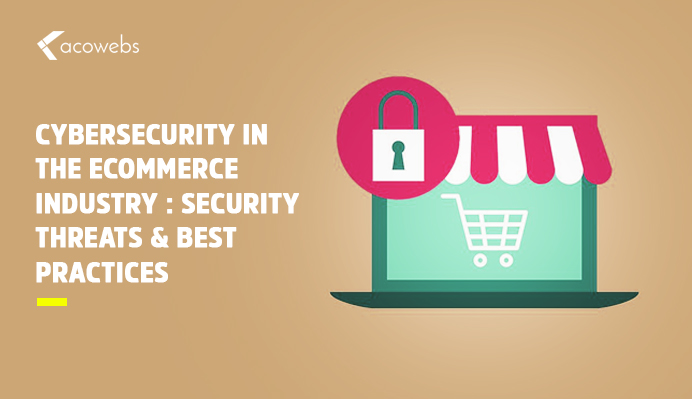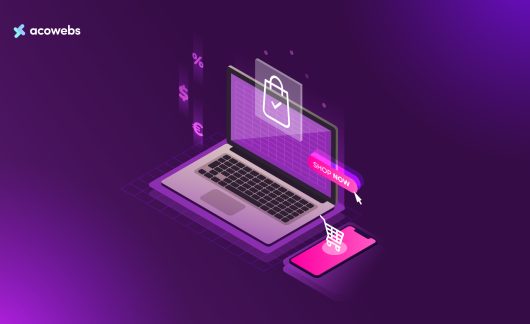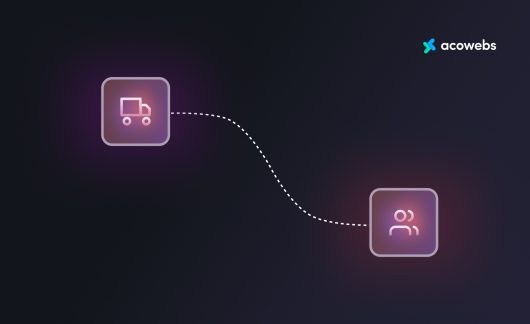Electronic-commerce (E-commerce) is a type of commercial transaction that is executed electronically by the use of a computer, smartphone, or a tablet over a network such as a web.
E-commerce constitutes the exchange of information between the parties via email, fax transmission, virtual money transfer (PayPal, Skrill, Neteller, et al.).
Online shopping, conducting online stock transactions, buying and selling soft items (merchandise) such as graphics, videos, and software are examples of the E-commerce business.
The e-commerce platforms allow easy admission of shoppers to perform a self-service purchasing. It offers real-time transactions across a wide geographical region round the clock.
In developed nations, almost all businesses use e-commerce to interact with customers. In developing countries such as India, e-commerce is exhibiting a skyrocketing growth both in popularity and the amount of money generated from these platforms.
Nevertheless, this vast growing virtual market faces some dire cyber-threat challenges such as identity theft of shoppers resulting in huge losses and drastic economic damages.
In the days when people used to shop from a retail store before online shopping became popular, cyber-threats were just primitive practices like causing breaches in POS – point of sales – systems in a bid to steal personal information from credit card owners.
For instance, in 2013, Target Corporation, one of the largest retail stores in the United States realized that over 100 million shoppers had fallen victims of POS breaches from its outlets. While attacks targeting big retail outlets, banks and other enterprises are receiving enormous attention, they aren’t the only prey.
Cyber-criminals are reaping big by stealing critical information from e-commerce platforms and their criminal actions are scaring even the mid-sized online retailers.
The complexity and prevalence of cyber-attacks have increased. E-commerce security is very essential as it protects businesses and shoppers against these threats.
In E-commerce, various acronyms are common, like PCI DSS, which is Payment Card Industry Data Security Standard, Transport Layer Security (TLS), International Organization for Standardization (ISO), Personal Data, Secure Sockets Layer (SSL), and HTTPS authentication, Multi-factor authentication (MFA), 2-factor authentication (2FA), or 2-step verification (2SV), Distributed Denial of Service (DDoS), and Malware and ransomware among others.
PCI DSS or just PCI refers to an industry-standard meant to ensure the information regarding credit cards are securely transmitted and kept online.
ISO is a global standard-setting organization mandated with the creation of rules that guide firms in ensuring that their products/processes are in line with the intended purpose.
For instance, an ISO standard covering data security is ISO/IEC 27001:2013. For a business to achieve the certification, it implies that it adopts a high-quality management system, approaches to avert risks, data protection, and certified business operations.
Personal data refers to any type of information associated with a particular person. It may include names, mobile numbers, Identification number, email addresses, et al.
Multi-Factor Authentication (MFA), two(2)-factor authentication (2FA), or two (2)-step verification (2SV) are used interchangeably – are the same – but differences occur among them. Distributed Denial of Service (DDoS) attack is an interference of a server, service, system, and/or network traffic when a traffic flood overwhelms it. malware is a malicious program/software installed on a computer system by hackers.
Ransomware is a type of malware that prevents a victim from accessing their data in a computer system until a certain fee (ransom) is paid.
ALSO READ: WordPress eCommerce Security
Significance of Cybersecurity for eCommerce
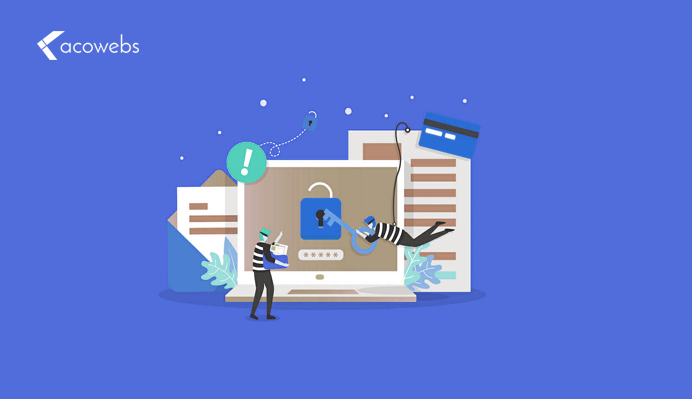
E-commerce platforms store a massive amount of information about their shoppers – making business owners prey. Cybersecurity strategists argue that personal information is the most valuable item attackers would like to steal from these websites.
A cyber-secure e-commerce environment is important due to numerous reasons: compliance, financial solvency, and customer trust among others.
By compliance, the e-commerce business is mandated to comply with various standards so as to be regarded “in compliance.” Otherwise, the business or the owner can face some charges.
By breaching financial solvency, the business will face problems that might impact its bottom line. The business owner may be charged for forensic investigations, recovery of data operations, or credit inspection for the affected parties.
Shoppers have confidence with the e-commerce businesses they purchase from; they disclose their personal information and very sensitive payment details every time they purchase from the merchants.
Having the customers’ trust is very significant to ensure continued engagement, and it is very hard to regain it once it has spoilt – it has a huge impact on the loyalty and retention of customers.
The majority of customers say that they are not willing to have any business with a company that contributed to the loss of their personal information.
ALSO READ: Why WordPress is the Best Platform To Build Your Business
Security Threats to an eCommerce Business
Phishing
In phishing, attackers send spoof emails and ploys to lure people into disclosing their personal information like social security details, ID numbers, among others.
It is a type of identity theft that uses social engineering to steal sensitive information to be used in the DARK WEB to perpetrate criminal activities.
Also, the information can be sold to a third party to reduce the risk of being caught by reducing the direct connection between the cyber-criminal and the user of the information.
Note: Shoppers must be aware that it is a rare occurrence for e-commerce platforms to send them links to update their login information. In case they receive any notification via their mobile phones or emails requesting them to update their credentials, they must consider contacting the customer support to enquire about this request.
Malware and Ransomware
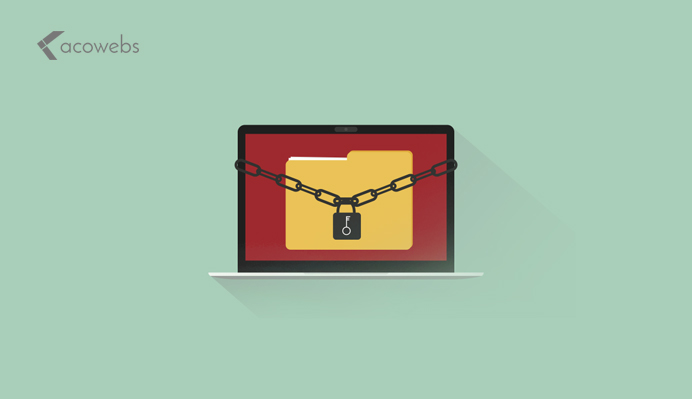
The destructive software comes in various forms. Ironically, more malware is developed yearly compared to authentic software. Also, no one downloads malware intentionally or permits it to gain access to their computer system, but after its creation, it exists some (most in the web) and finds its way into your computer nonetheless.
When a computer system is infected by the destructive program, the user of an e-commerce platform may lose important information. The downtime is costly, and regular backing up of the platform could help.
Avoiding suspicious links and installation of unknown software can better secure a shopper against these attacks.
ALSO READ: Tips to Secure WordPress Website
E-skimming
It is the practice of stealing personal information from credit cards. Hackers can access a shopper’s account after successfully executing a phishing attack, an XSS, and third-party compromise.
Often, hackers exploit the vulnerable links of weak e-commerce websites. The shopper can be directed to malicious domains where they can capture skimming codes and steal their information.
Skimming codes can retrieve the information and send it to remote servers where the data is gathered and used to commit criminal actions.
Stolen data is also sold in DARK WEB and can be used to create fake credit cards or commit fraudulent activities.
ALSO READ: Top Website Security Tips
Best Practices for E-commerce Security
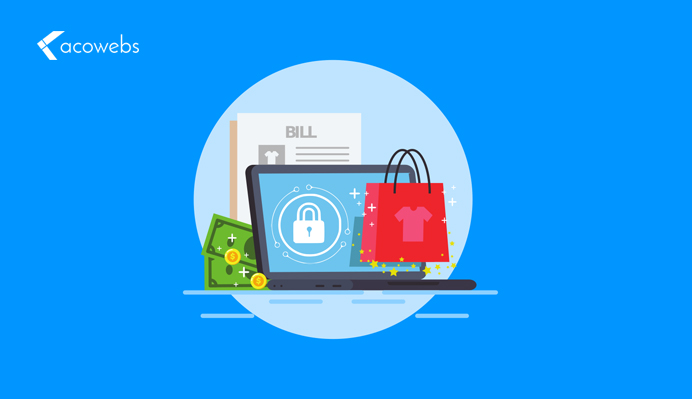
When a security breach is reported on a certain e-commerce website, customer’s data is a loss, and ultimately the business may incur associated fines and penalties and most importantly, their brand will suffer from a devastating negative reputation.
Some of the measures to implement a solid e-commerce security include:
Use Strong, Unique Passwords
Over 80 percent of cyber-attacks are associated with weak passwords. It is worth an additional effort for the e-commerce website administrators to ensure that the business, the workers, and their customers create strong passwords when registering on their platforms. Here are tips about passwords:
- Has at least 8 characters constituted by numbers, symbols, lowercase letter(s) and uppercase letter(s).
- No sharing of passwords – each user should have their own peculiar, personal user ID, and passwords.
- Same passwords should never be used on other platforms
- A password manager is recommended
- Users should never publicly disclose their sensitive information like birth dates or social security numbers as this information can be used to answer security questions.
ALSO READ: How to Clean up a Hacked Website
Protecting Your Device
Whether it is the office computer or home computer, users must ensure that their devices are protected with the latest antimalware, firewalls and other solutions of securing computer systems against cyber-attacks.
Proof Against Phishing
Shoppers must avoid being lured through phishing attacks. They must desist from sharing their personal data until they have contacted customer support.
Again, legitimate organizations won’t ask shoppers to disclose their passwords. They should avoid clicking on suspicious emails and links or downloading attachments on their emails anyhow.
NOTE: it is easy to distinguish phishing attempts from legit emails.
- Spelling and grammatical errors are a clear indication that the message is from a suspicious source.
- A close look at the domain name of the email source can tell. For instance, BigCommerce.com and BgCommerce.com. The first one is a legit source while the second one is a suspicious source.
- The suspicious message often requests victims to send money or authorize some transactions.
ALSO READ: Ways to Increase WooCommerce Security
Implementing Multi-Factor Authentication

Using an additional verification process offers an assurance that the right person is accessing your website. Although it may seem like a burden, its ability to prevent security breaches is worth it.
Ensuring the Website is Always Updated
Cybersecurity is almost a cat-and-mouse match. Hackers identify the possible vulnerabilities, and software engineers solve them.
Shoppers using the SaaS e-commerce websites such as BigCommerce have no worries as updates to these websites are executed automatically.
Other websites require manual updating to match them with present security features.
ALSO READ: Saas Optimization and Evaluation
Conclusion
E-commerce cybersecurity is a round clock practice that involves people, procedures and technological solutions.
The privacy and security of customers must be prioritized, and the benefit is mutual as the shoppers will spend more time purchasing from the business, and have little to worry about their information being stolen.
We, at Acowebs, leverage the power of React in our WordPress and WooCommerce plugins so as to attain a top-notch performance. All our plugins are designed for giving equally seamless performance experience to these. Our plugins, WooCommerce dynamic pricing which is for applying bulk discounts quickly and WooCommerce checkout field editor which helps the website admins to customize the checkout form fields and WooCommerce product options which is basically to help the website admins to add extra product options or custom fields in the WooCommerce product detail page (The free version of this plugin WooCommerce product addons is available in WordPress plugin directory).












 Login
Login
 Cart
Cart